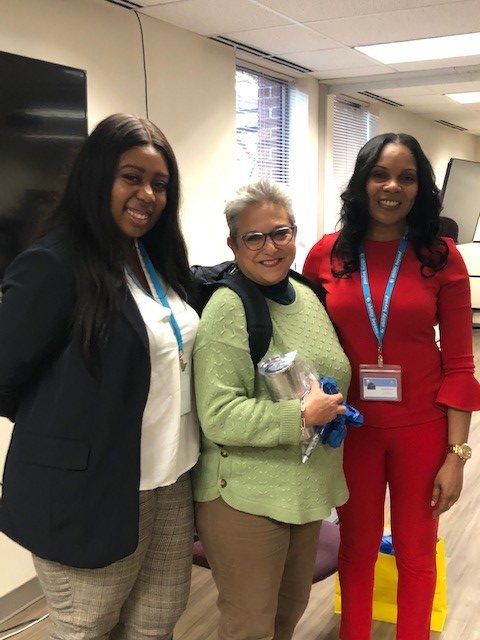
Creating a Sense of Belonging in the Workplace
Inclusion has been part of the very fabric of Ability Beyond since our founding nearly 70 years ago. But the past few years have taught us all that more needs to be done to create an environment where people are not only accepted, but feel a sense of belonging.
“Diversity means being invited to the dance. Inclusion means being asked to dance. And, belonging means asking what kind of music you would like to dance to, “said Nancy Di Dia, Chief Diversity and Inclusion Officer at Boehringer Ingelheim. “Inclusion is more than just giving someone a voice; it’s listening to them and ensuring their value is brought to the table. Not just for who they are, but the different perspectives that they provide.”
Ability Stronger
Di Dia is the first of several speakers invited by Ability Stronger to address diversity, equity, inclusion and belonging (DEIB) in the workplace. She has been leading diversity efforts with Boehringer Ingelheim for 16 years and is a sought-after expert in the field.
Ability Stronger is our agency’s initiative that works as the resource to ensure that all Ability Beyond employees are able to bring their “whole selves” to work. Ability Stronger is the overarching branch which connects Diversity, Equity, Inclusion and Belonging to all of our employees, as a safeguard to their humanity in the workplace.
A Changing Landscape and Rush to Be Inclusive
Di Dia said the murder of George Floyd several years ago served as a wakeup call for many to recognize the depth of the disparities in our society. It also happened at a time when there were massive shifts in the workforce due in part to the pandemic and a shortage of qualified workers.
“Companies are striving to demonstrate how inclusive they are to attract talent,” she said. “But it’s one thing to put it on paper, and it’s another to practice it within the organization. Employees know this and if they feel like they’re not respected or they can’t thrive, they’ll leave.” She added that our society is at a crossroads where employees are increasingly concerned about the mission of their organization, whether it aligns with their own values, and what they can contribute to further those goals.
Employee Resource Groups
Employee Resource Groups (ERGs) are instrumental in helping employees from marginalized communities have a greater voice in their workplace. Two years ago, Ability Beyond started Breathe Equality – an ERG that represents Black employees. As part of our ongoing efforts, additional ERGs are being considered and are in the works.
When Di Dia started at Boehringer Ingelheim, she said they had one ERG – a women’s group. Since then, the company has expanded to have more than a dozen ERG’s – or Business Resource Groups – representing everyone from veterans to members of the LGBTQ+ community.
“The benefits of inclusive groups are not only providing a voice for employees but also bringing a valuable perspective that’s different than the majority,” Di Dia said.
Employee Resource Groups are typically created for employees of marginalized or under-represented communities, Di Dia said. Adding that the groups should also some kind of value to the organization.
Moving Forward
Di Dia said she’s impressed with the commitment Ability Beyond has shown to equity, diversity and belonging. Not only for their clients, but also for their staff.
“I know your work is not always easy, but I’m thankful that Ability Beyond has continued to grow and sustain itself over the past few decades,” Di Dia said. “It’s incredibly important work that you do, and you’re making a difference in the lives of so many people every day.

